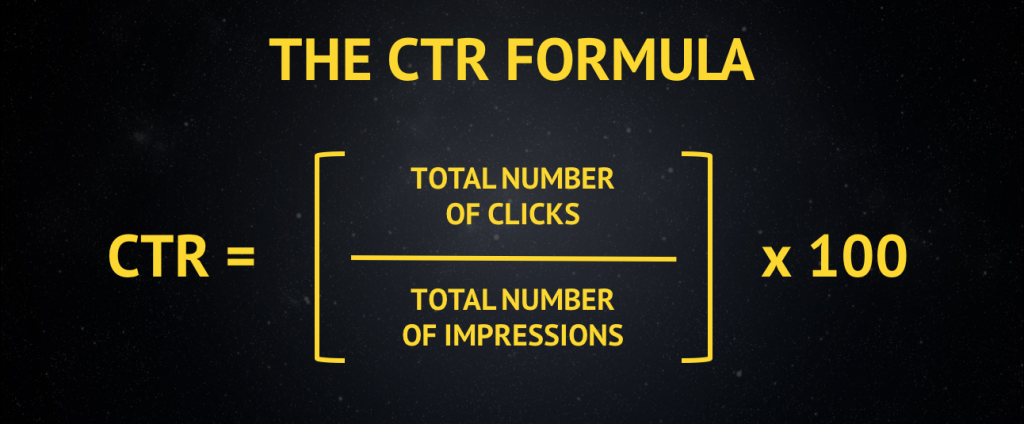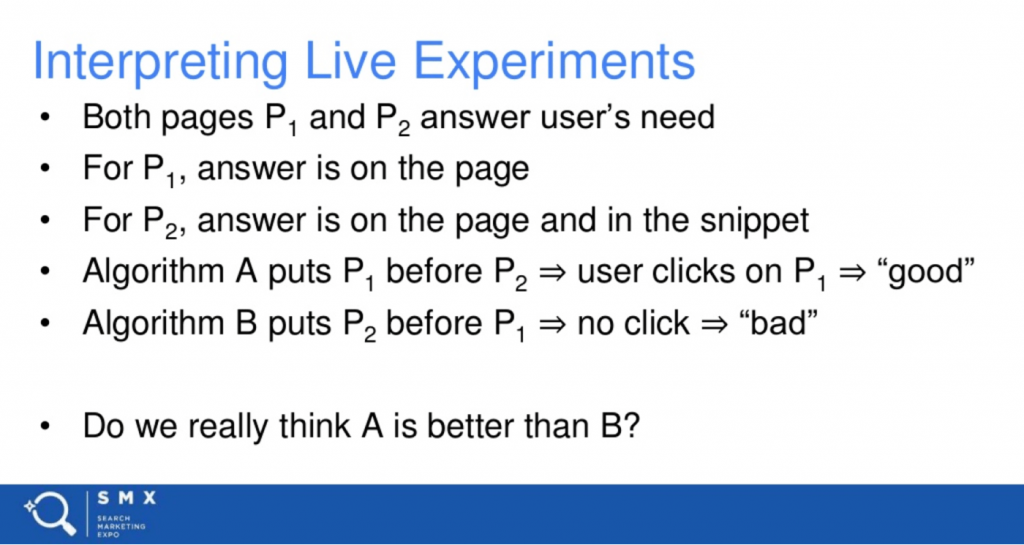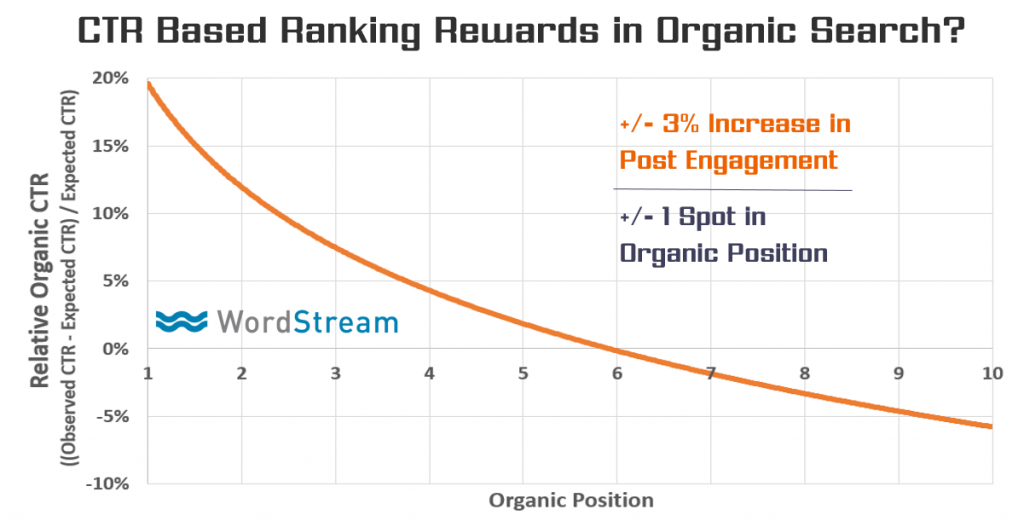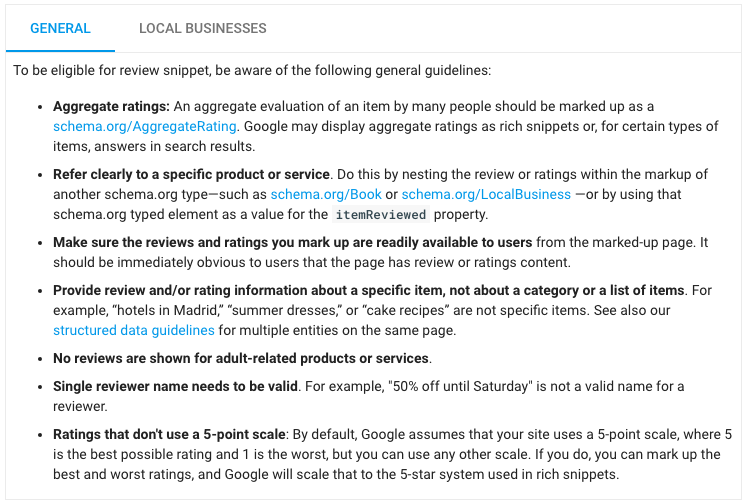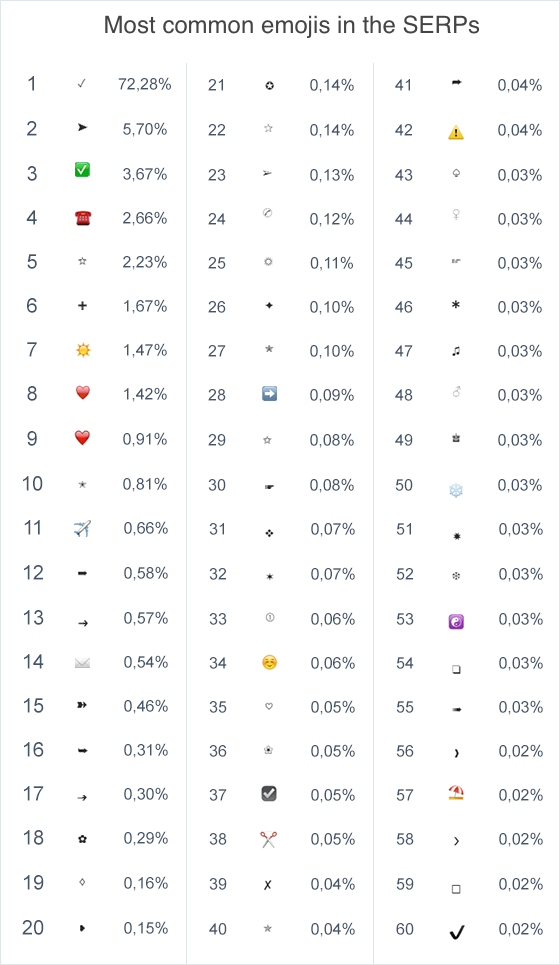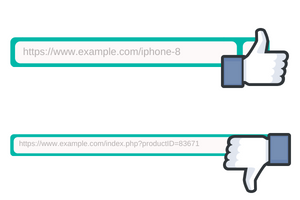3 Creative Ways To Increase Your Organic CTR
Crafting compelling meta titles and descriptions or doing other efforts to increase CTR, isn’t always a top priority for digital marketers and SEO’s, even though it’s becoming more and more important. Let me show you 3 creative ways that you can increase your CTR!
But first, let’s start with the basics. What is CTR?
Well, CTR is a shortened term for Click Through Rate and is a performance metric that measures the numbers of clicks a specific link gets divided by the number of impressions. The formula looks like this:
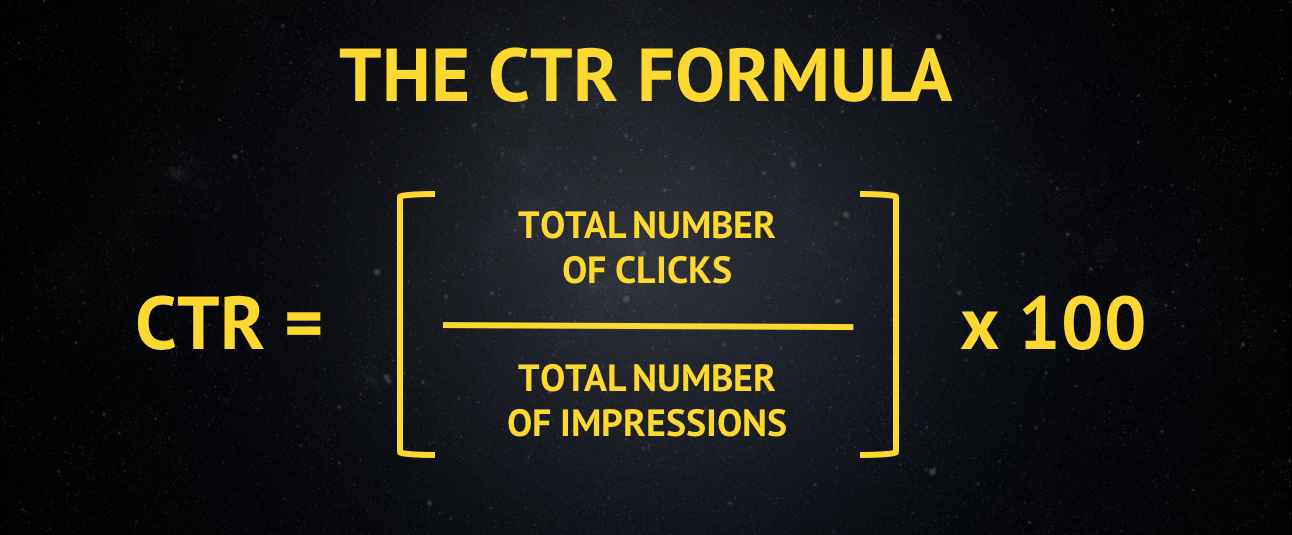
This metric can be used to measuring performance for both email marketing, SEM and SEO among other digital marketing channels. However, in this article, I will focus on the latter!
Why is Click Through Rate important for SEO?
As I mentioned, in the beginning, CTR is becoming more and more important in the SEO world, but why is that you’re maybe wondering? Let me explain!
Beyond the fact that Click Through Rate is an overall important metric to:
- Analyze user intent
- Measure the quality of your copy
- Analyze the effectiveness of your call-to-action
CTR is also important to boost your organic search positions
Something that people have suspected for a long time. Even back in 2013, a blog post on SEMrush stated that CTR is important for SEO because:
“Your website’s ranking for a particular keyword on Google depends hugely on the number of inbound links. Yet, you should not forget the fact that Google also checks the searcher votes you get when someone clicks on your website in the search engine results to get through to your website. A combination of external votes and searcher votes would lead your website to the top of the rankings for a particular keyword. This would help you a great deal with its SEO.”
As well as:
“Every marketer wants his/her website to appear on the first page of the search results for the main keywords. However, even if your website is on the first page but not getting clicked on enough, Google has every reason to push you down the ladder. Sometimes, websites from the second and even third page of the search results manage to make it to the first page simply by having a higher click-through rate. Falling off the first page isn’t exactly ideal for your SEO.”
RankBrain and CTR
After the introduction of RankBrain in late 2015, a new machine learning algorithm from Google, things changed and CTR became even more important. Something that a Google engineer called Paul Haahr confirmed when he showed this slide on a conference:
In other words, the slide is basically saying that the new algorithm sometimes ranks pages higher up then they “should” rank. Also, if that page gets an above average Click Through Rate, Google could use that as a sign that the page should get a permanent ranking boost.
To verify this WordStream conducted a test to see whether or not an above average CTR would mean higher rankings. This is what they found:
In connection with this, they also stated that:
“The more your pages beat the expected organic CTR for a given position, the more likely you are to appear in prominent organic positions. So, if you want to move up by one spot (e.g., Position 5 to Position 4) in Google’s SERP, you need to increase your organic CTR by 3 percent. If you want to move up again (e.g., Position 4 to Position 3), you’ll need to increase your CTR by another 3 percent.”
How to increase your CTR
The basics of increasing your Click Through Rate in the organic search is to make your page stick out from the crowd. Something that could be done by simply crafting flawless meta titles and descriptions.
Even though a compelling copy is great, there’s nowadays a lot of other things you could do to make your page stand out in the SERP and increase your CTR!
Use review snippets to increase CTR
A great way to make your page stand out from the rest of the SERP as well as making it more compelling for people to click on is by using review snippets:
The review snippet has created a major stir in the SEO world the past years since people, like many other things in this space, started to abuse it. It all happened when more and more people started to realize that pretty much any site could achieve the review snippet by just adding the aggregateRating schema markup to their pages.
(Hint: when I say that people started to add the aggregateRating schema markup to their pages I’m not talking of a handful of pages. I’m talking about every single one of them!)
For a long time, there’s been a lot of unclear information on what triggers the review snippets to appear in the SERP. Now Google has made all of the heavy lifting, making a complete guide to the review snippets.
In the guide they state that you could expect to see a review snippet when Google finds a valid review or rating markup for the following kind of content:
- Local businesses
- Movies
- Books
- Music
- Products
In supplement to using structured data, they also recommend you to follow these guidelines:
Some people would probably also claim that it’s possible to achieve review snippets by using third-party review software such as TrustPilot. Even though I’ve also experienced this (at least on Swedish customers), I would recommend you to first follow the guidelines from big brother aka Google.
Use emojis to increase CTR
Another creative way to increase your CTR is by using emojis in your meta title and description. Something that has received a lot of attention lately, not least due to Garrett Mehrguth’s amazing article How to Increase Your Click Through Rate With Emojis as of recently.
Google has been experimenting with this for a long time. In fact, they first introduced the emojis in mobile SERPs in 2012, then pulled them all back in 2015 and then, as of the beginning of 2017, they brought the emojis back:
As you can imagine, having one or several emojis in your meta title or description will make your page more compelling for people to click on. Though, there’s no reason to start overuse them since Google will only display them in results where they are relevant, useful and fun.
Instead, use them with care and try to think where they can be relevant, useful and fun since this will increase your chances of having the emoji showing up at all. Also, if you want some inspiration, you can check out the result from a study SISTRIX recently conducted showing the most used emojis in the SERPs:
Use descriptive URLs to increase CTR
Most SEO companies know that a descriptive URL and a good URL structure is a great way to receive better rankings, but did you know that it could also increase your CTR? A study from Microsoft found out that a descriptive URL get so much as 25% (!) more clicks compared to “generic” URLs!
Best practices for an SEO friendly URL that increases your CTR is to keep it:
- As short as possible
- As descriptive and readable as possible (for both search engines and users)
- As consistent as possible (make a plan and stick with it through your whole website)
- Surrounding your target keyword/phrase
Here’s an example of a good and a bad URL:
That’s it, three relatively easy and creative ways that can increase your organic CTR as well as your rankings. What tactics will you use to improve your Click Through Rate? And how well do they work for you?
Author bio
Albin Sandberg is currently working at a digital marketing agency, called Adsight, where he helps customers with everything from SEO and SEM to social media advertising. He’s also a regular contributor to various publications.
